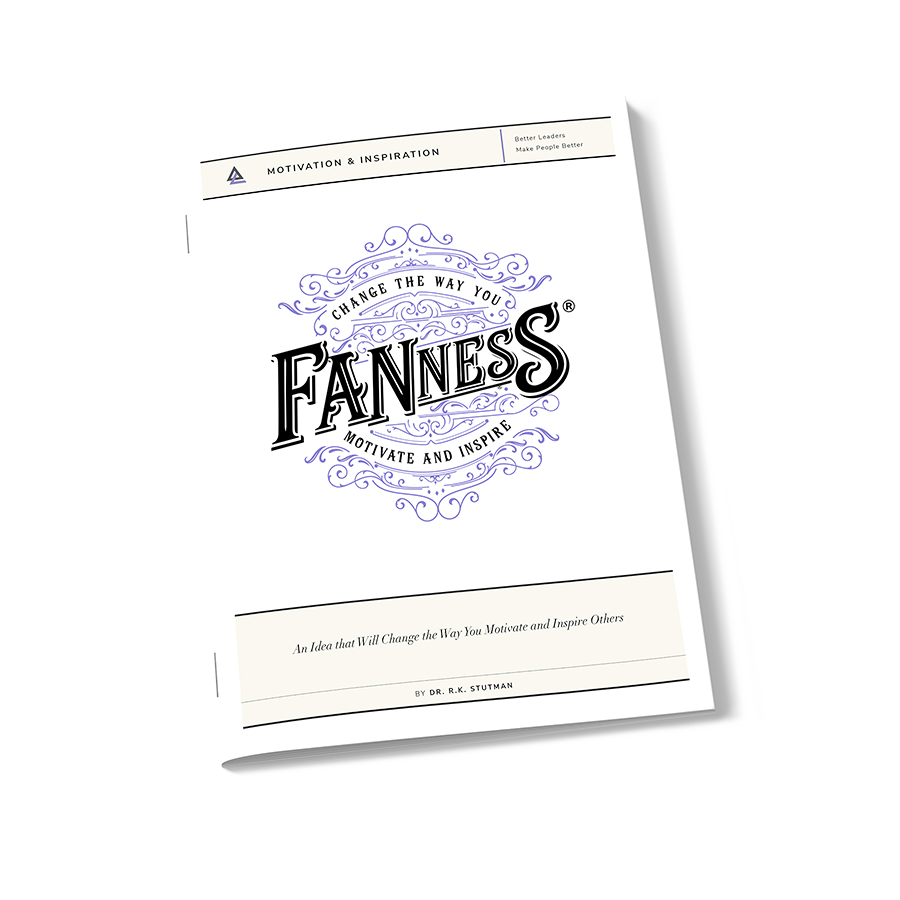The ability to learn quickly from experiences and apply that learning to new, unfamiliar situations suggests someone who has learning agility.
Agile learners not only adapt more easily to change, but they also remain open to different perspectives and seek new challenges to test their skills.
In the workplace, learning agility is highly valued because it predicts how well someone can handle uncertainty and lead through change. Knowing which team members have learning agility is a critical assessment for leaders.
A few of the indicators are obvious. As new information and data become available, agile learners let go of outdated viewpoints and approaches.
Those with learning agility are more apt to challenge established norms and likely to push against existing solutions in their pursuit of more innovative answers.
They regularly seek input and feedback from others and use it to improve their performance. In fact, agile learners like to collect best practices, enjoy sharing them with others, and foster a team environment of collective improvement.
Less obvious is how agile learners judge others. Unlike most people, who form a strong impression of others and then collect data to confirm that view, agile learners allow their opinions of others to change over time.
With more indirect experiences, direct involvement, and information from other sources, their view of people can be drastically different over time. Agile learners maintain an open mind about who people are and what they are capable of.
Another less-known indicator of learning agility is the ability to generate additional options to address almost any problem, challenge, or opportunity.
Agile learners aren’t stuck or blinded by what has already been proposed to tackle an issue, but can easily generate other approaches or possibilities to expand the discussion and offer an alternative view. That’s because they ground themselves in multiple perspectives and can draw from varying viewpoints in an instant.
This doesn’t mean they lack conviction or don’t prefer a singular approach, only that they can offer alternatives to expand everyone’s thinking if that is valuable to do.
But far and away the best indicator of learning agility is an excitement about new experiences, challenges, and situations.
Unlike most of their peers, agile learners are actually charged up by the prospect of change. They look forward to figuring out how to adapt and engage in new situations and challenges. Their curiosity fuels a desire to explore, question, and investigate before the need for adaptation even arises.
How many agile learners do you have on your team? How about you?
Given the importance of learning agility for organizations to thrive amid rapid and unpredictable change, you need to select and develop more team members who possess this crucial quality.

Are You an Agile Learner?
Sign-up Bonus
Enter your email for instant access to our Admired Leadership Field Notes special guide: Fanness™—An Idea That Will Change the Way You Motivate and Inspire Others.
Inspiring others is among the highest callings of great leaders. But could there be anything you don’t know, you haven’t heard, about how to motivate and inspire?
Could there really be a universal principle that the best leaders follow? A framework that you could follow too?
There is.
Everyone who signs up for Admired Leadership Field Notes will get instant access to our special guide that describes a powerful idea we call Fanness™ (including a special 20-minute video that really brings this idea to life).
